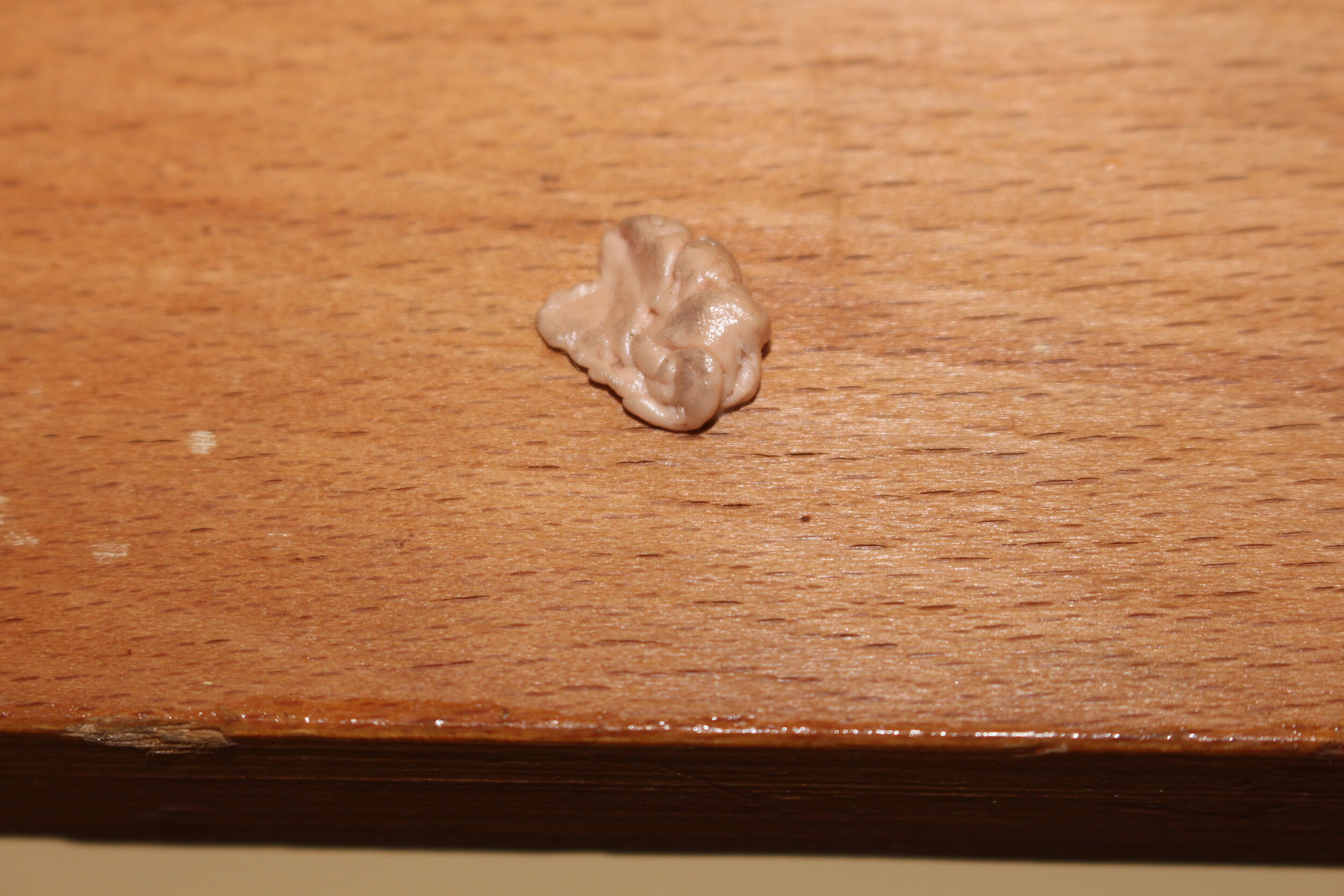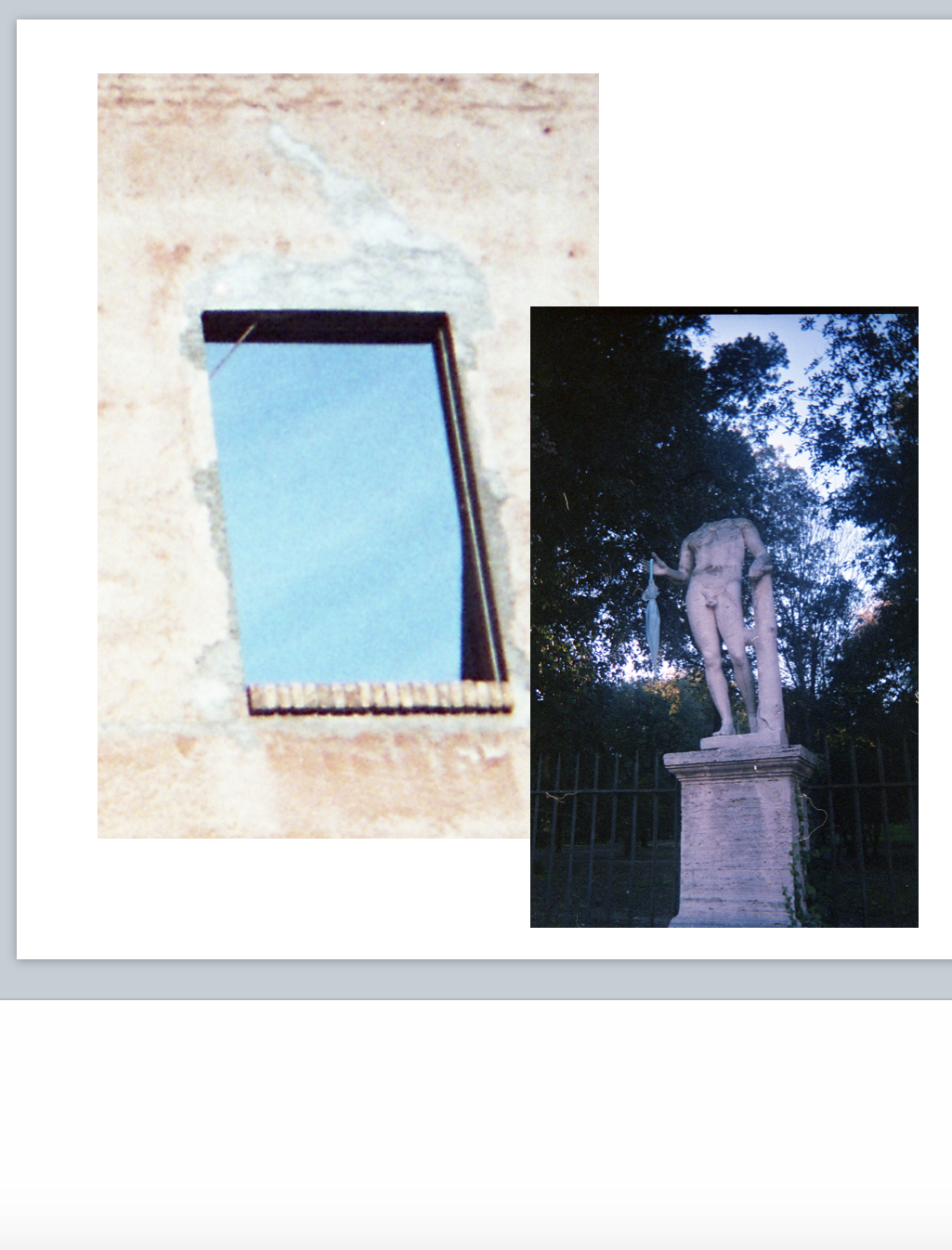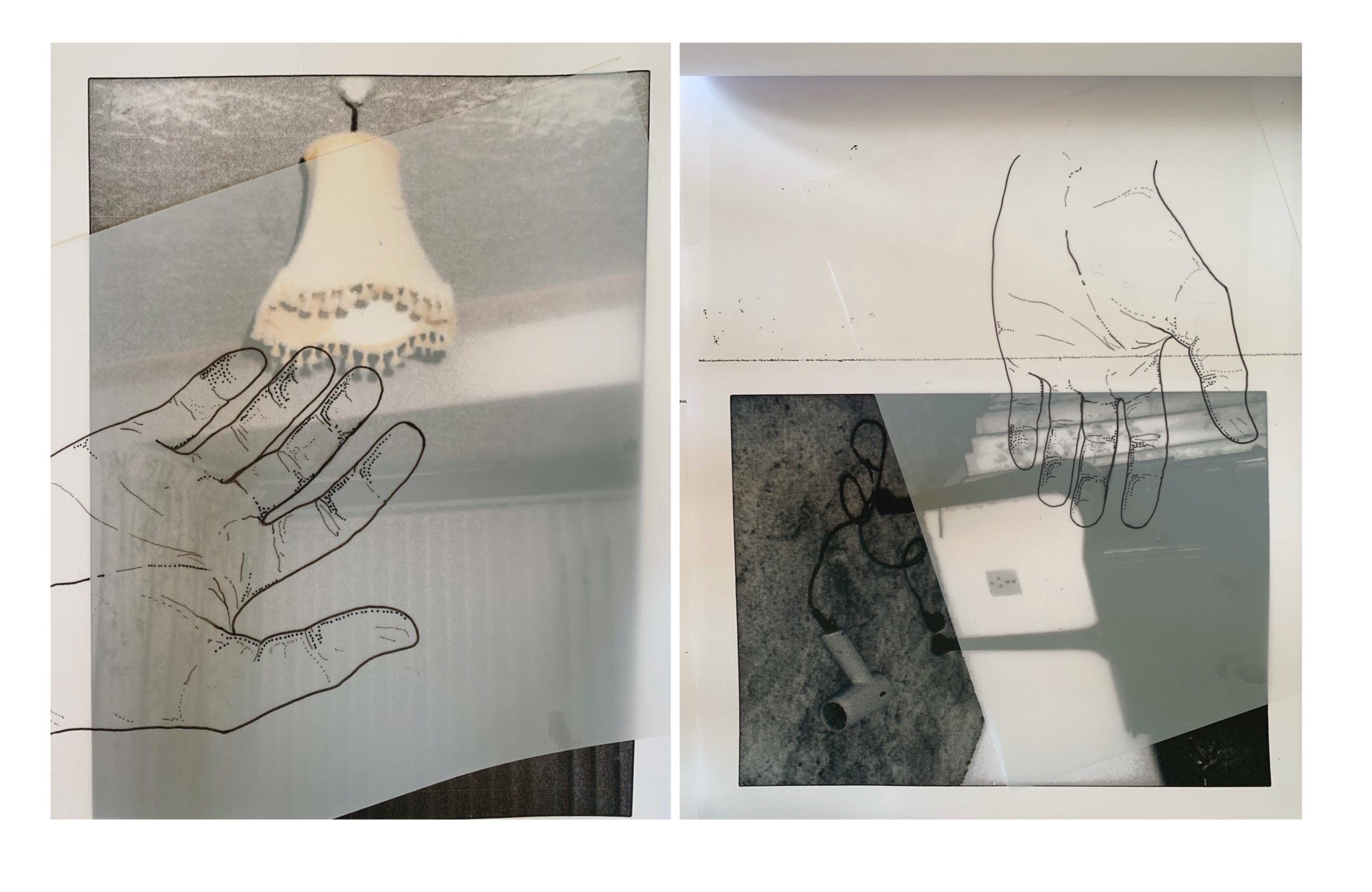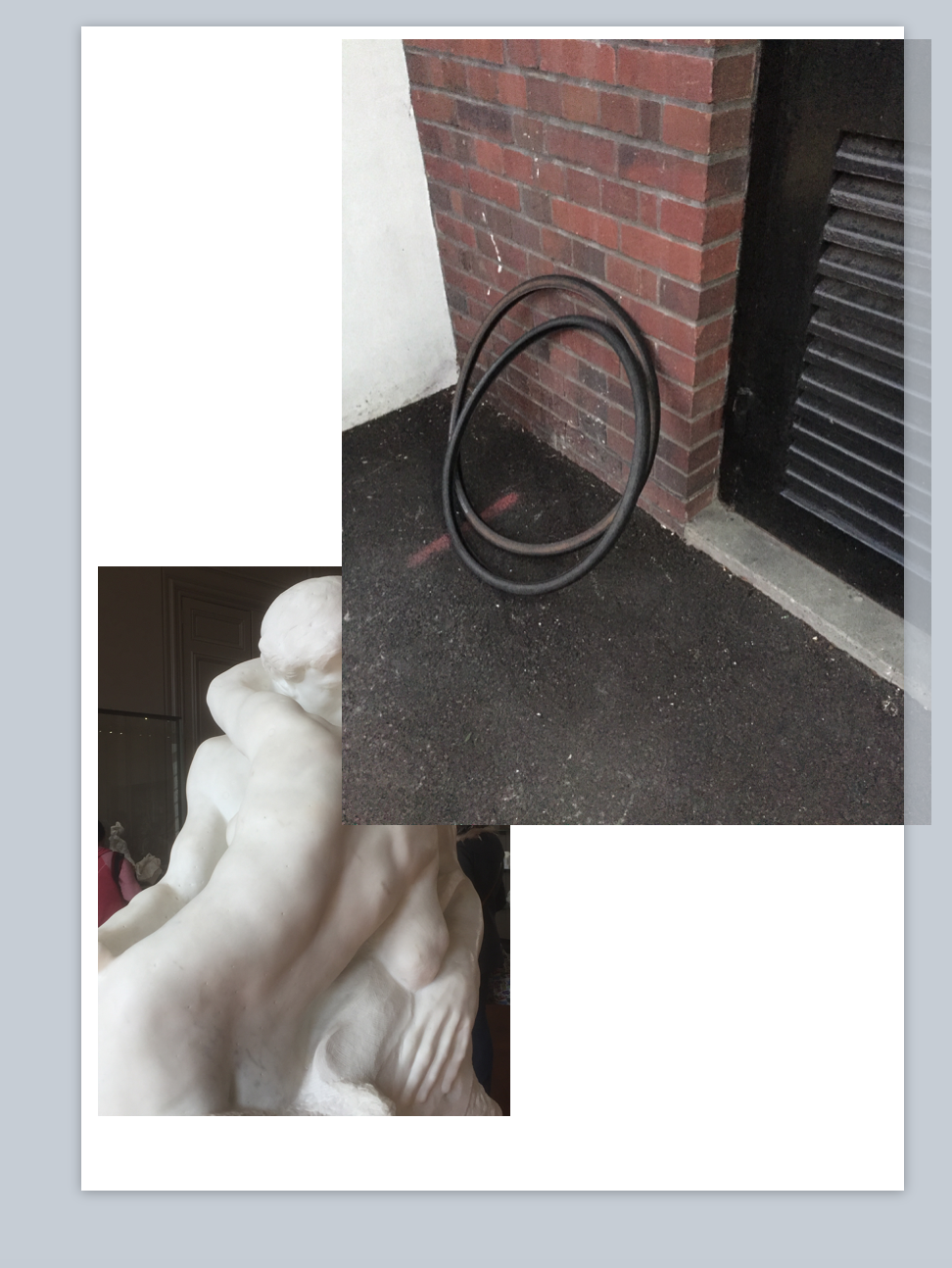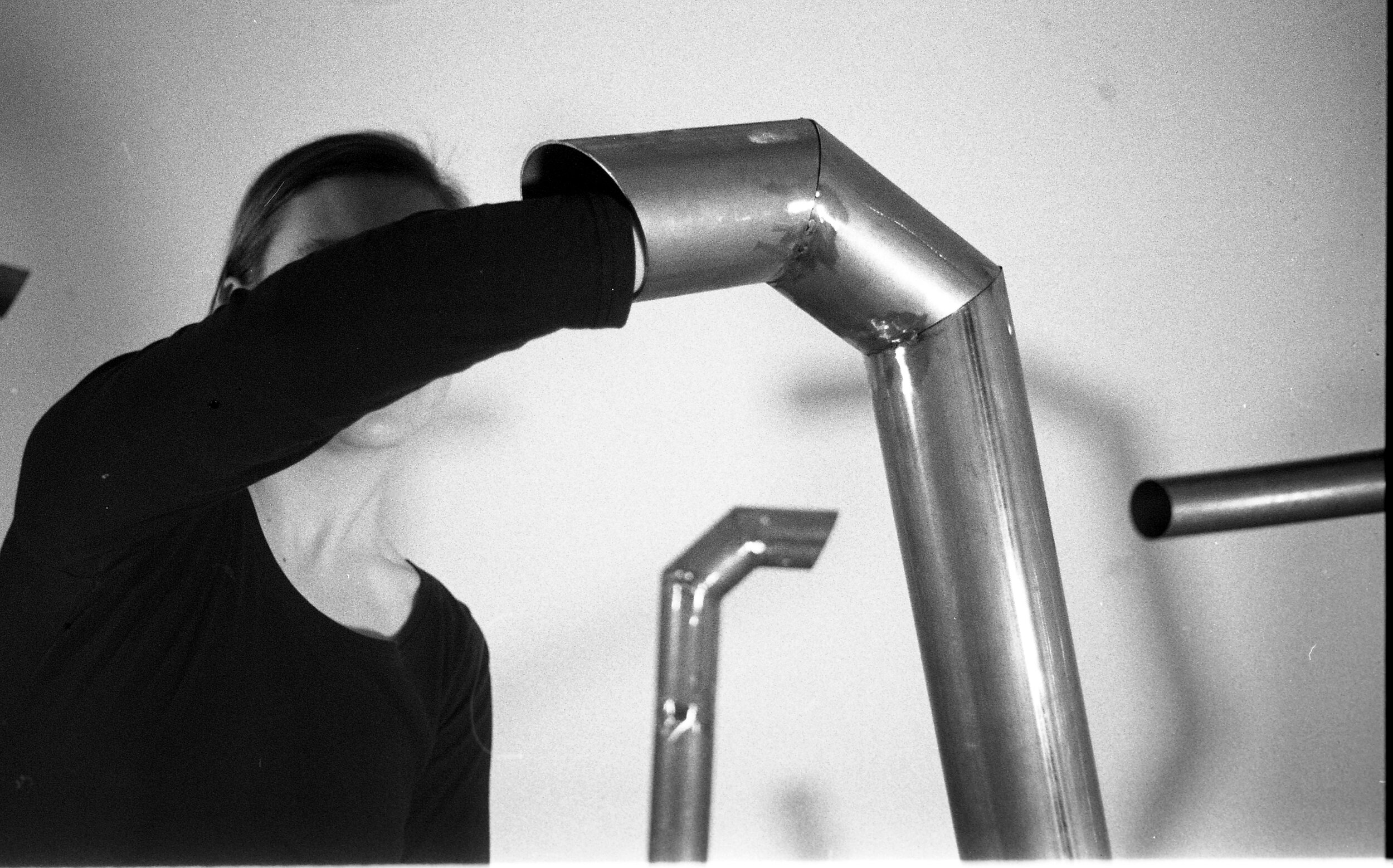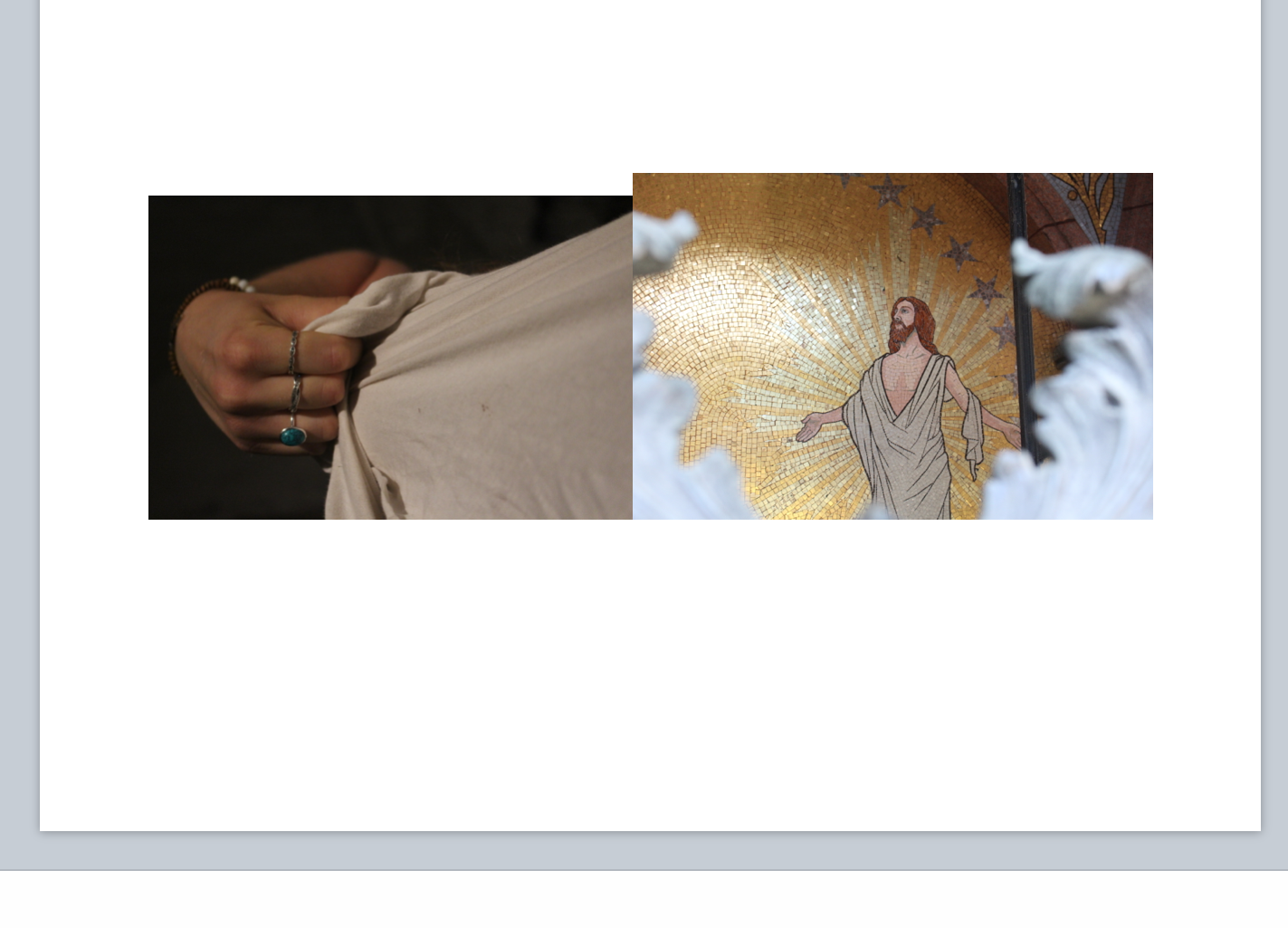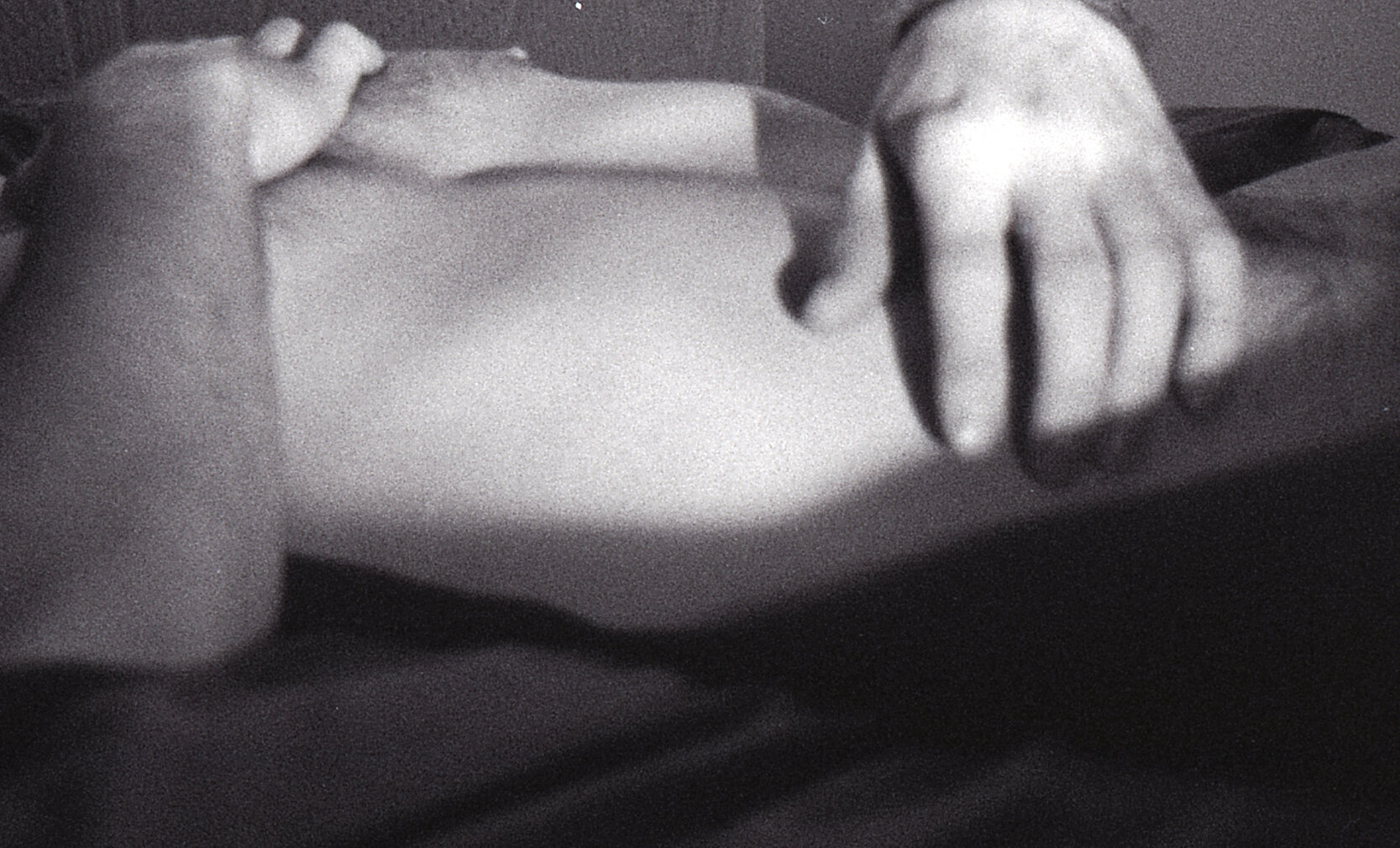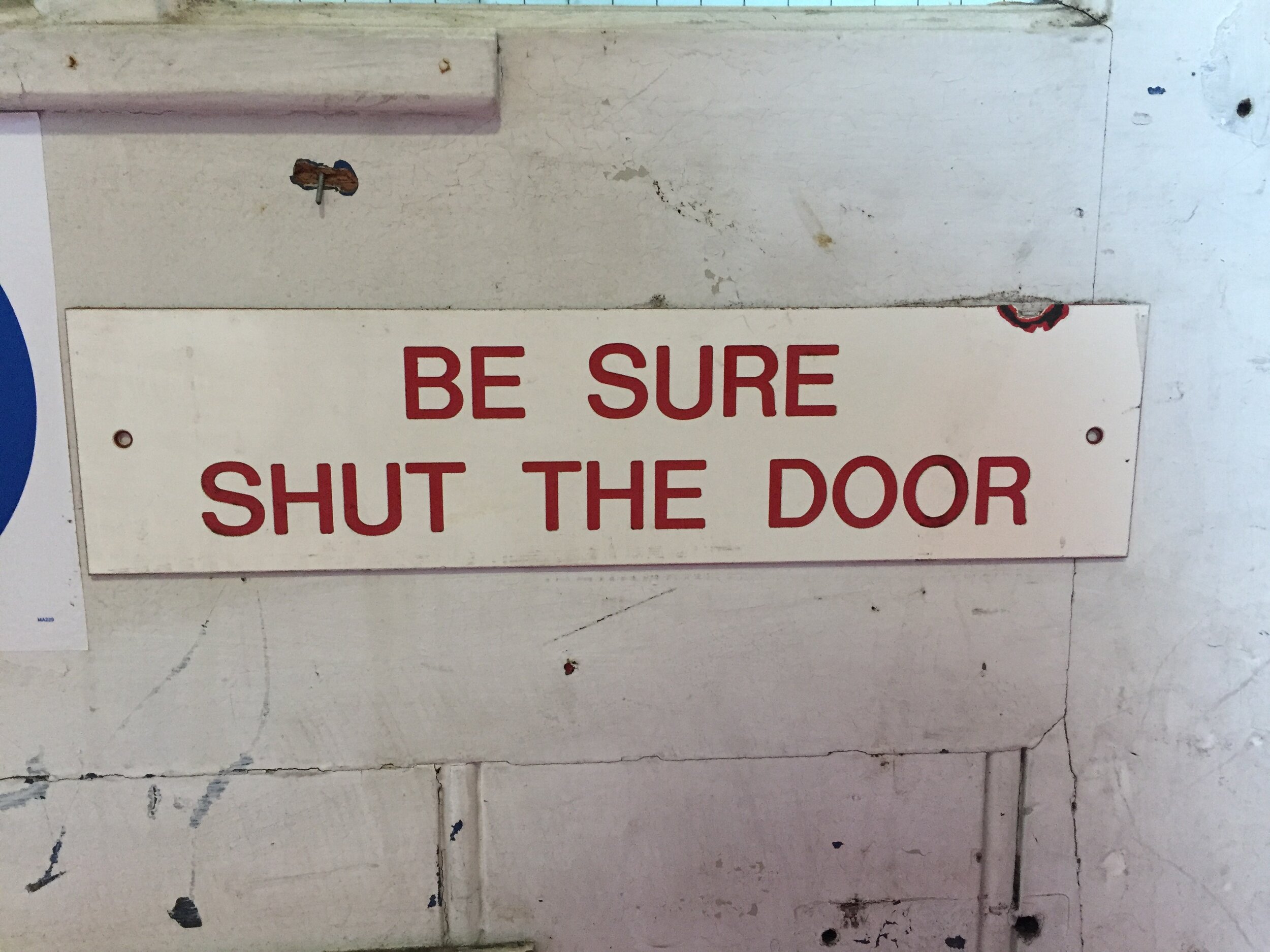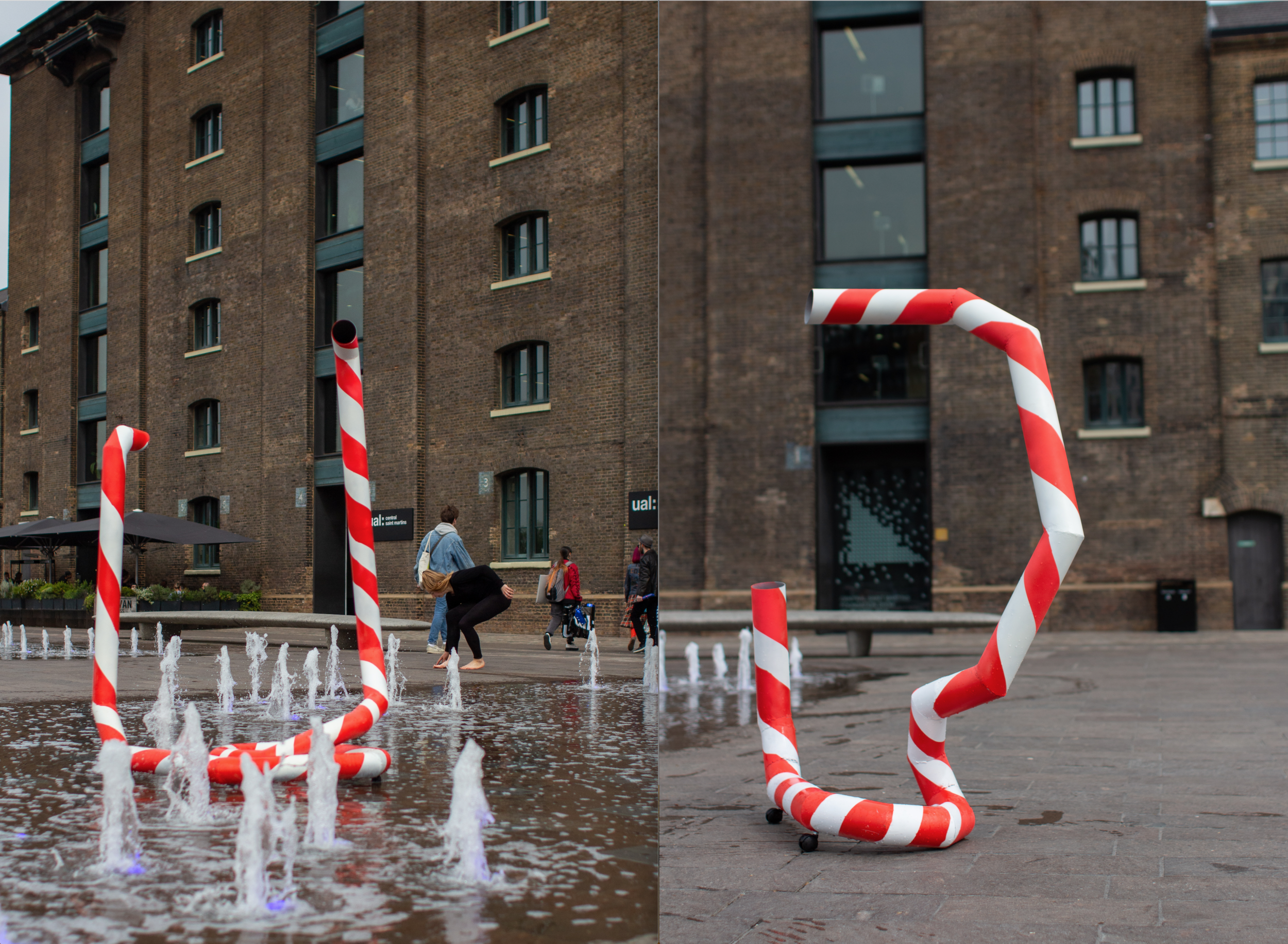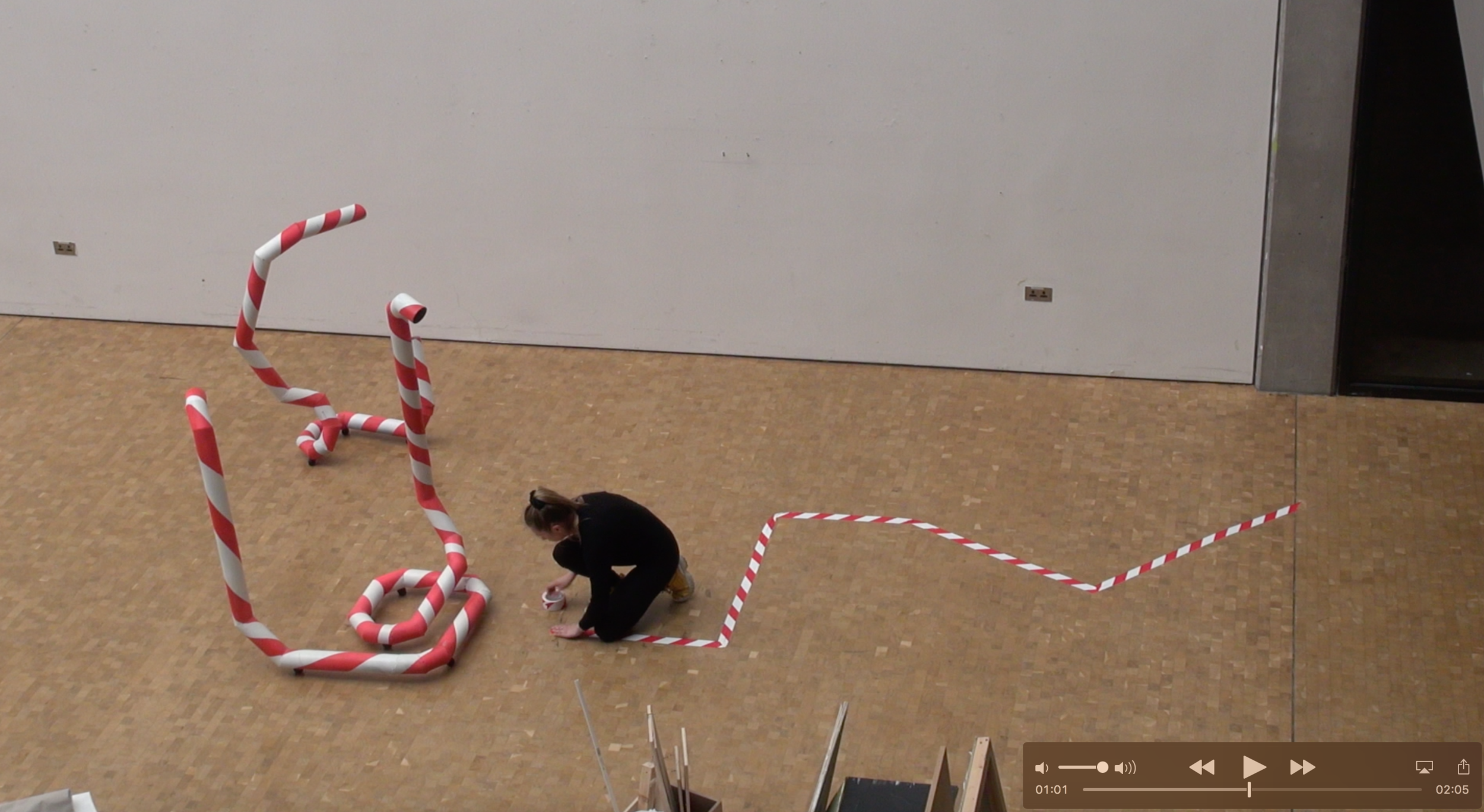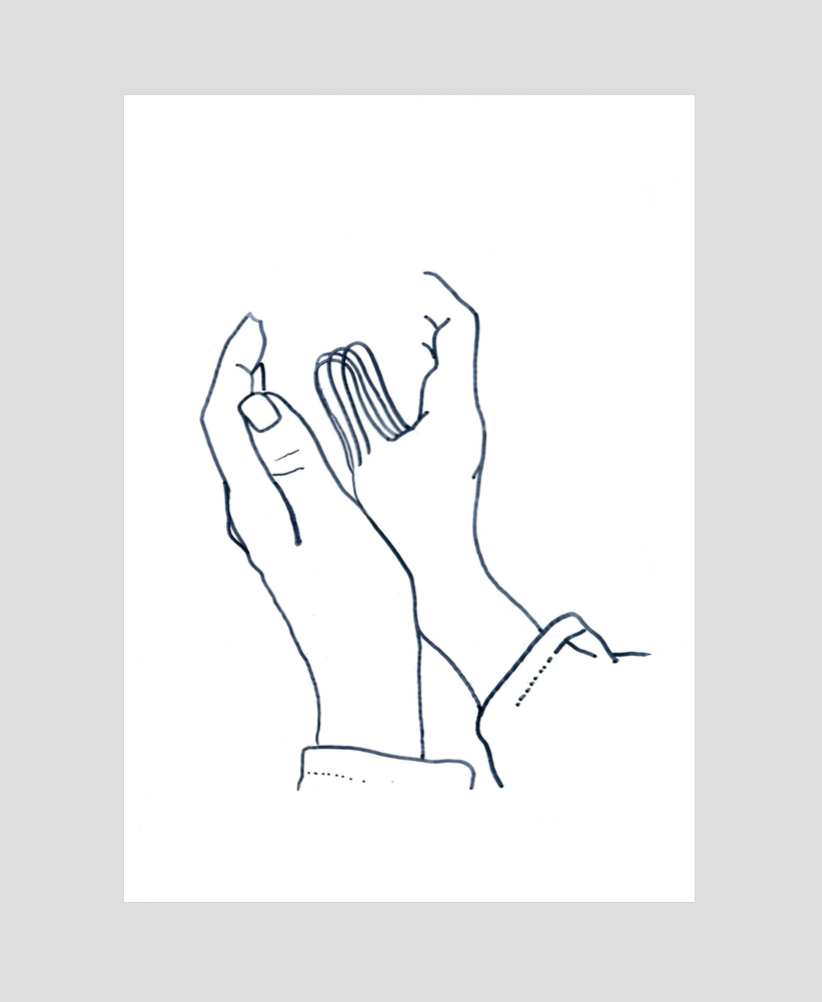2019
“Arbitrary in their abandonment is where discarded objects and my sculptures come to life, as physical matter themselves. They are statically still in a moving environment.”
More about my practice…
2019 has seen a major shift towards an exploration into sculpture as well as a conceptual focus directed towards object-subject relations and spatial concerns.
I have become fascinated by encounters with discarded objects on the city streets. I attempt to unravel their ‘potential’ as ‘not fantastical but still loaded’ into the object’s self, it never knew existed.
I question the potentials for disruption, spillage, pile up or spatial collision to render a hybrid form between the subject-object-environment.
My work is influenced by discarded objects and our orientation towards them, the marks, impressions and lingering traces of unknown histories and ‘has beens’. I focus towards an appropriation of an object-subject-environment relationship, as well as an interpretation of body’s gesture towards discarded objects. Explorations have evolved into the materials’ ability to take hold as a subtle intervention where the works conduct themselves.
Based on a foundation rooted in drawing and writing I have recently been exploring the ‘psychological and physical space we share with discarded objects’ (Smyth, C., 2018) keeping us at a distance allowing for the manifestation of traces of independence or aliveness outside the subject’s experience.
Flâneuring London’s and Paris’ city streets, I am inspired by Richard Wentworth. I often begin works by collecting and photographing objects, lines, textures to form my own ‘street’ language. Capturing them to create a new purpose through my hands as a physical, visceral experience. Echoing the gestures and orientations I feel towards them, I form my own street furniture and framework.
The experience of clearing my Grandmas house of objects and possessions evolved the depth of my focus towards object’s details. In this instance I became the thrower rather than the collector - also the documenter, the re-worker, almost the crime scene investigator - taking photographs and rubbings from door panels. This provided a deeper fascination towards discarded objects, their appropriation to become another, but importantly the lingering traces, histories they possess and their innate power to impress upon a surface/body.
My nonlinear approach to structure was inspired by the motions of city streets, the interruptions, scenarios of different spaces, moments of friction and harmonious happenings. Using discarded objects such as a trampoline, reworking objects, their marks, impressions, documenting histories in the works construction produced sculptural forms and questionably an essence of performative theatricality. Works often tease with a sense of precarious structure; contradicting their abruptions to tentatively taunt with falling or confrontationally looking one in the eye. The viewer is encouraged to look for the finer details.
“[Discarded objects] They matter, notice, reclaim them, allow them to take forth of themselves, let them ‘stand defiant in placelessness’.”
To the side is a series of images of inspirations - histories of storytelling through collisions of objects and subject forms; images of work making and the works themselves.








